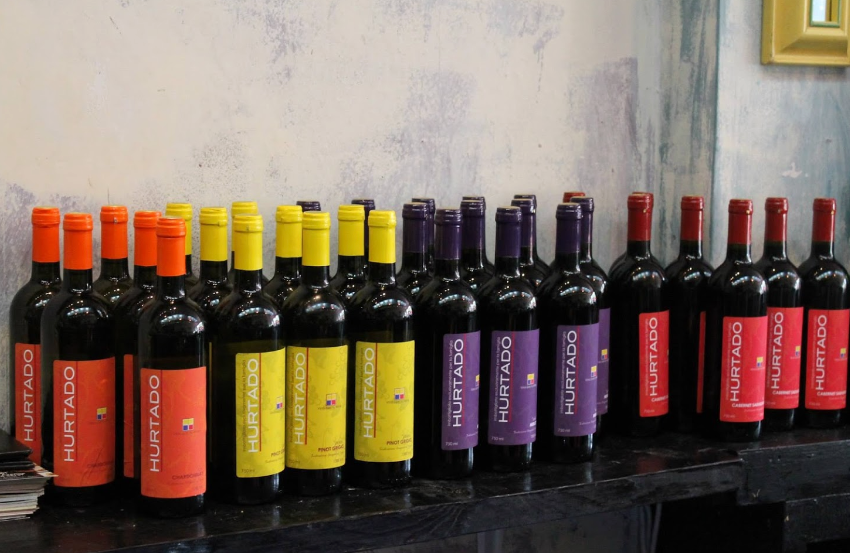How to Read a Wine Label
- Dec 15, 2014

This past weekend I wandered down the wine aisle looking for my annual New Year’s wine. (Not being much of a drinker, this is the only time during the year I purchase a bottle of wine). I found myself instantly overwhelmed at the complexity and variety of the wines and realized I had absolutely no idea how to read or understand the labels. The only criteria I could use to make a decision was based purely on the aesthetic value of the most custom wine labels.
After a few minutes of standing there awkwardly, I decided to go home and do some research before I purchased. Turns out, I’m not the only one who has no idea what those wine labels mean and there are many useful articles devoted to explaining the complex world that is wine labeling. It seems the label is basically broken down into 5 areas:
Who: The first item of importance on the wine label is the name of the producer and bottler of the wine. This is typically an obvious designation on the label and for most American wines is placed front and center. A tip for beginners like myself, ask your local wine merchant for information on producers. As you try more wines, you will be able to narrow down certain producers that fit your tastes.
What: Secondly, the wine label must denote the type of grapes used in the wine. This may appear as a specific grape name, a varietal name (i.e. Chardonnay), a blend, or as the generic type of wine (i.e. Red Table Wine). We've actually compiled a complete list of wine terms for use in producing accurate custome wine labels. Generally speaking, the higher quality wines will have very specific grape types, while the lower quality wines will have more generic listings.
When: The “vintage” of the wine refers to the year in which the grapes for the wine were harvested. This is an optional labeling and can tell the advanced wine connoisseur a lot about the wine based on her knowledge of vintage variations.
Where: Wine labels will also include a general region from which the grapes were harvested. Optionally, higher quality wines will typically list a more focused region and even the specific vineyard of the wine. The specific vineyard name will be included directly below the region designation or will be listed with quotation marks.
How Much: Finally, the wine label will list the alcohol content by volume of the bottle. If the wine is listed as “table wine” with no alcohol content number, it must be less than 14% alcohol content by volume.
Unfortunately, being able to read and understand the information on the wine label does not help the novice immediately know exactly which types of wine to buy. That comes with time and development of taste. At least now I can sound like I know what I’m talking about when I pour my glass on December 31st!
